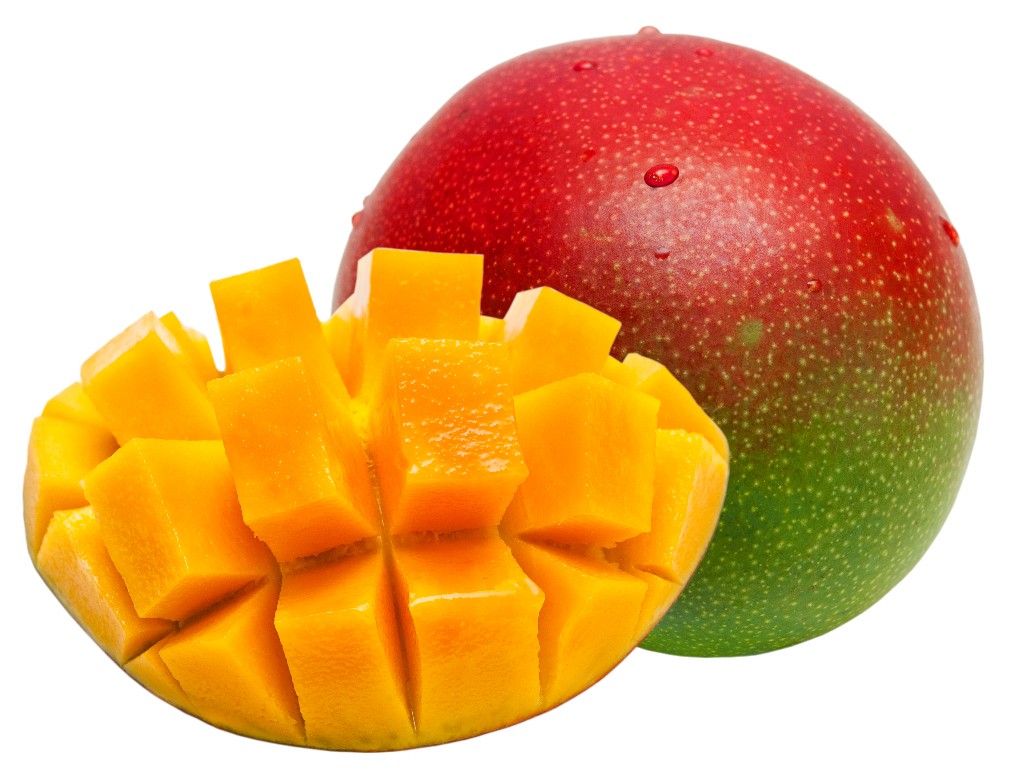It’s Mango Season!

May through June is Mango Season in Panama, and there are plenty of ways to enjoy it! Whip up a fresh mango dish in the kitchen, try creative mango salsas at your local restaurant, or head to the mango festival in Rio Hato From May 15 Until May 18. Panama is home to a variety of mangos types, some with creative local names, and others without any name at all. In the early 18th century the Spanish introduced several mango types from the Philippines to Central America, through the Pacific trading ports of Mexico and Panama. The common mango, Mangifera indica, is the type of mango normally grown in subtropical regions like Panama.
Mangos come in a variety of shapes, colors and sizes. Many mango trees you see have been crossed to improve pollination. For this reason their fruits can vary in the size of the seed, amount of fibers, sweetness and even juiciness. The only way to find out which mango is the best is to try them all.
The Rio Hato mango festival in its 5th year, strives to tie mango cultivation to the rapidly developing tourist industry in Rio Hato. Last year at the mango festival there were over 15 known mango varieties, and another 5 types that could not be identified. From imported to local, fair goers had the opportunity to try them all.
Here are a few of the local favorites:
Cachete de Gringa (foreign girl’s cheek)
This is a round mango may have gotten it’s name from it’s pinkish hue when ripe. The cachete de gringa mango has medium seed surrounded by a good amount of juicy flesh. While is a little fibrous, the cachete de ginga mango is great for smoothies and blended sauces.
Mango Chancleta (Slipper Mango) The Chancleta mango commonly called the mango of the tropics is a long thin mango slightly fibrous, with bright yellow color. This tasty fruit has a long thin seed, and many nicknames among Panamanians. Its monikers include mothers tongue, banana and old tit.
Mango Huevo de Burro (Egg of the Donkey)
The Mango Huevo de Burro is a smaller mango that turns bright red when ripe. The seed is slightly bigger then most with less flesh and some fibers.
One of the many reasons mango trees thrive in Panama is that they can grow in a range of soils, from light sandy soil to thick red clay. Their versatility allows them to grow anywhere from mountain ranges to sandy beaches. For this reason wild mango trees can be found in the thick moist rainforests of the Darien and throughout the dry arch of the Pacific coast.
How to Prepare a Mango
Mangos can be tricky to prepare. With a large stone in the middle to maneuver around cutting into mango the wrong way might leave you with a mushy mess.
Here are a few tips to help prepare the prefect fresh mango chunks:
1) Before you get cutting, it’s important to know if the mango you’ve chosen is ripe. Since mango skins come in various hues of green, yellow, red and orange it is difficult to judge a mango’s ripeness solely on the color. A mango is much like an avocado - to tell if it is ripe, hold it in your hand and feel for ‘give’ or softness when pressure is applied. Smell is also a good indication. Unripe mangos will have little to no aroma. When a mango is ripe it gives off a sweet smell.
2) Once you have found a ripe mango, place it on a large flat surface. Hold the mango in a vertical position then slice it lengthways on either side, using a sharp knife. Try to avoid the stone in the middle.
3) Once you have two large slices, take one and cut a checkered pattern into the flesh side, right down to the skin, but without penetrating the skin. Once you have made your cuts simply turn the whole thing inside out and cut off the cubes of mango into a bowl. Add any juices that remain on your cutting surface to the bowl.
4) The best way to enjoy the stone it to eat the mango flesh right off of it. Mango can also be sliced off the stone in small pieces. However, once you get close too close to the stone the fruit becomes more fibrous.
